
Online customer service for after-sales problems
Contact now
Provide project content that meets your needs
Apply Now
Submit your message
Collaborate now
 E-Mail:
dawatertreatment@gmail.com
E-Mail:
dawatertreatment@gmail.com
Such water is uncontaminated groundwater and can be used directly for living and production.
Except for suspended solids and bacteria, the coal dust and rock dust brought into the groundwater due to the influence of mining, all other physicochemical and toxicological indicators meet the standards, and are widely distributed in the mining areas of northern China.
High salinity mine water is generally neutral, commonly known as brackish water due to its high salt content, high hardness and bitter taste.
Its pH value is mostly between 2 and 4. The formation of acidic water mainly comes from pyrite in coal, which produces sulfuric acid through chemical oxidation, especially biological catalytic oxidation.
There are mainly fluoride water, iron, manganese and some heavy metal ions (such as copper, zinc, lead) water and water containing radioactive elements.
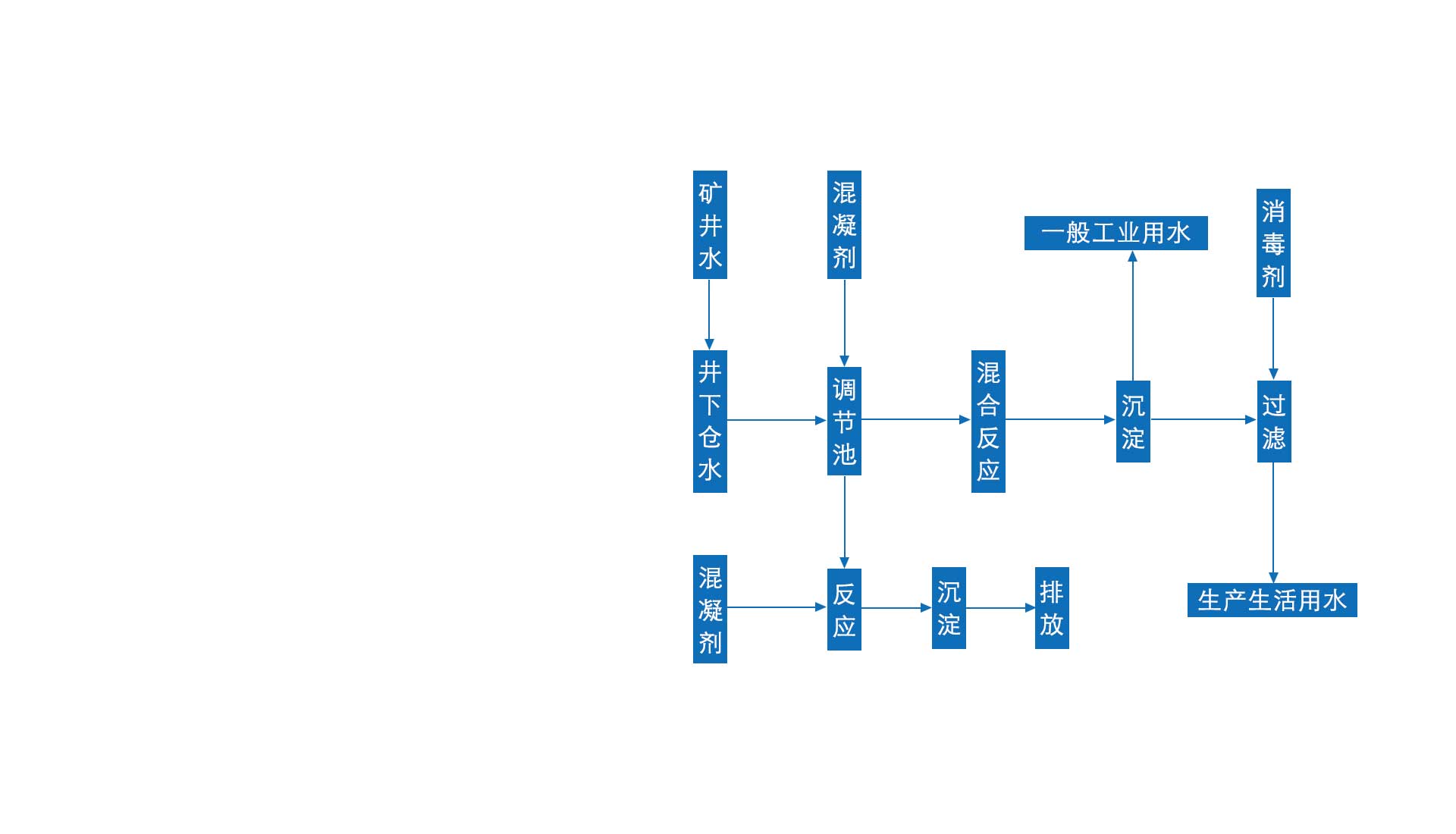

Generally, the processes of coagulation, sedimentation, filtration and disinfection are used for treatment.

Make the mine water stay in the underground water tank for a long time, do it about 50m in front of the water tank, and lay large pieces of gangue to artificially create hydraulic turbulence to promote the coagulant to fully mix and react.

The subsidence pit is transformed into an oxidation pond, and the mine water is purified by using the principle of microbial treatment under natural conditions.
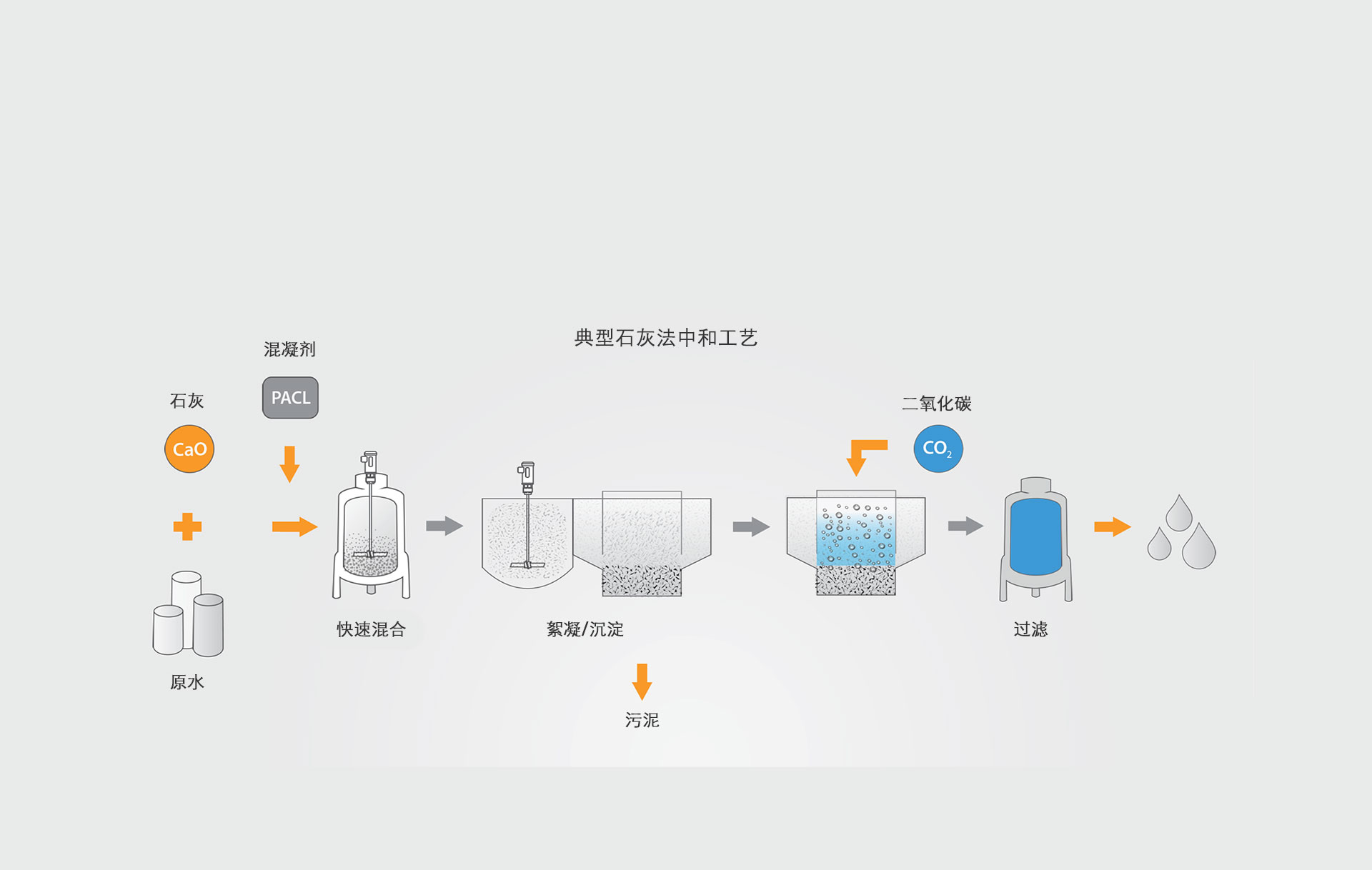
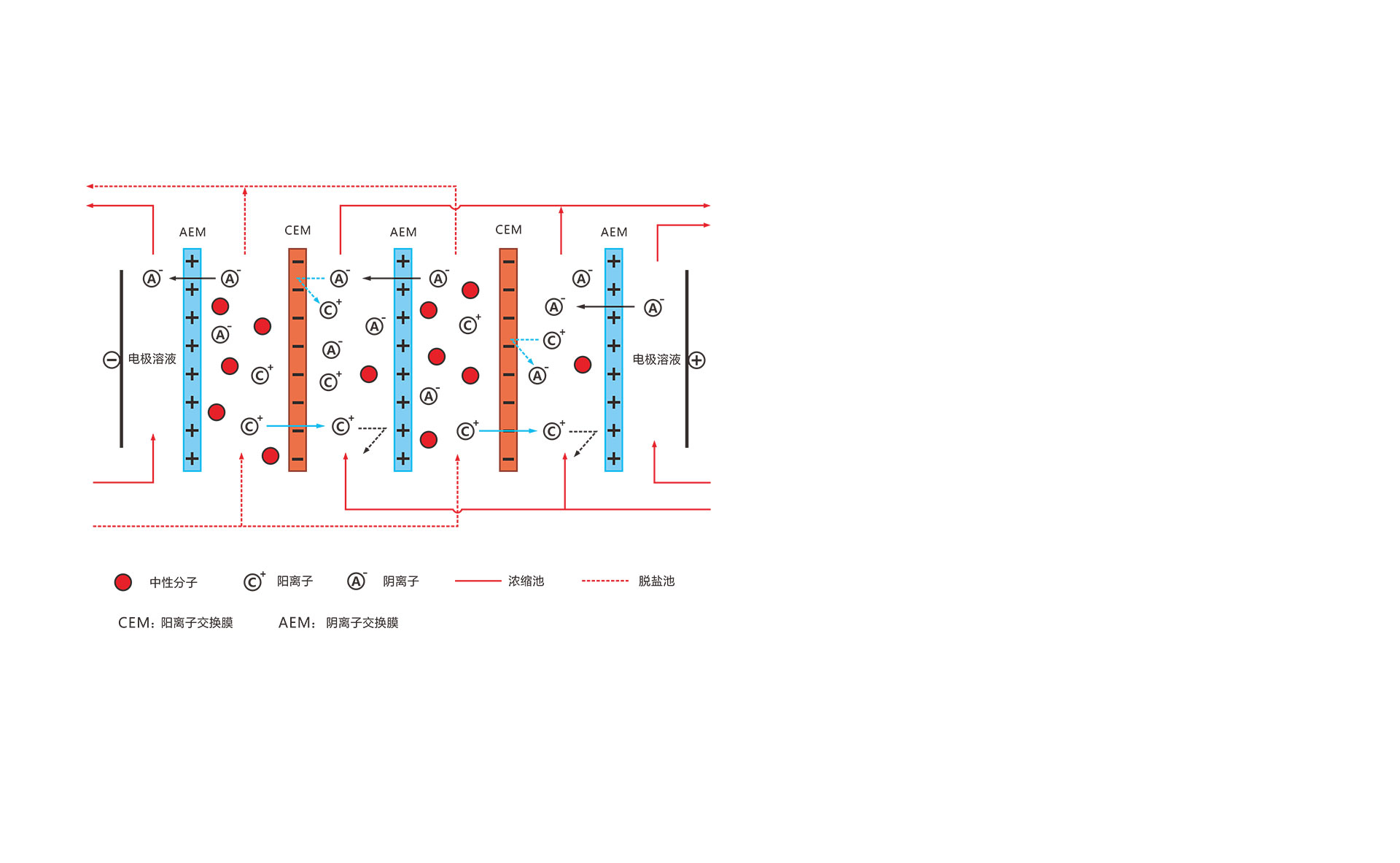

The suspended solids contained in it are removed by the common mine water treatment method. If it needs to be used as a water resource, further treatment is required.

The principle of reverse osmosis, ultrafiltration and nanofiltration of membrane separation technology is used for desalination of mine water.

Using the exchange properties of ion exchange resins to separate salts in mine water.

The method of multi-effect and multi-stage evaporation is used to prepare fresh water and conduct salt concentration.
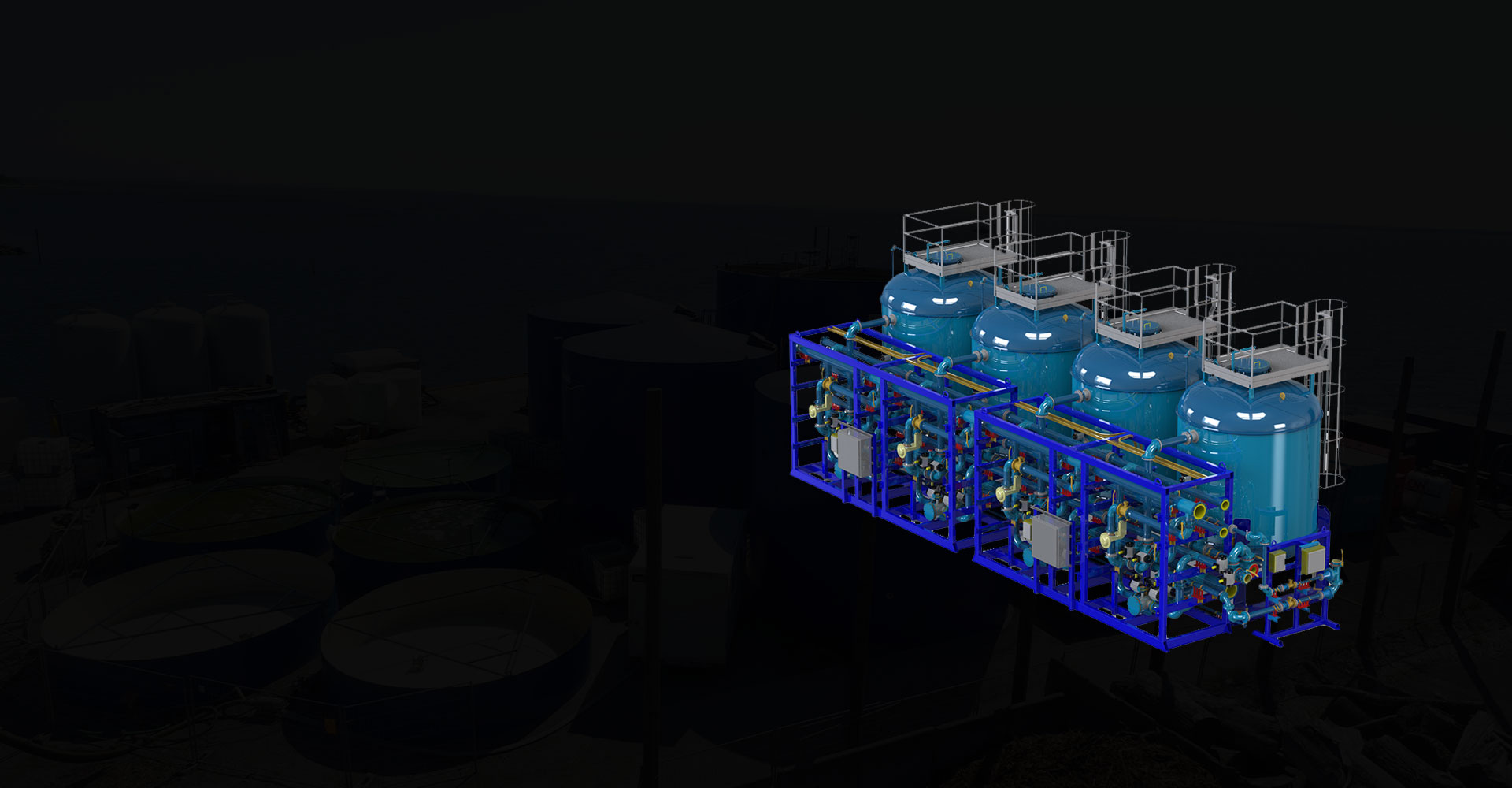
Mine water containing toxic, harmful or radioactive elements first removes suspended solids and then treats contaminants that do not meet standard water quality.
For fluorine-containing water, activated alumina can be used for adsorption, and electrodialysis can also be used to remove salt and fluorine at the same time.
Iron and manganese-containing water are usually treated by technologies such as coagulation, precipitation, adsorption, ion exchange and membrane separation.
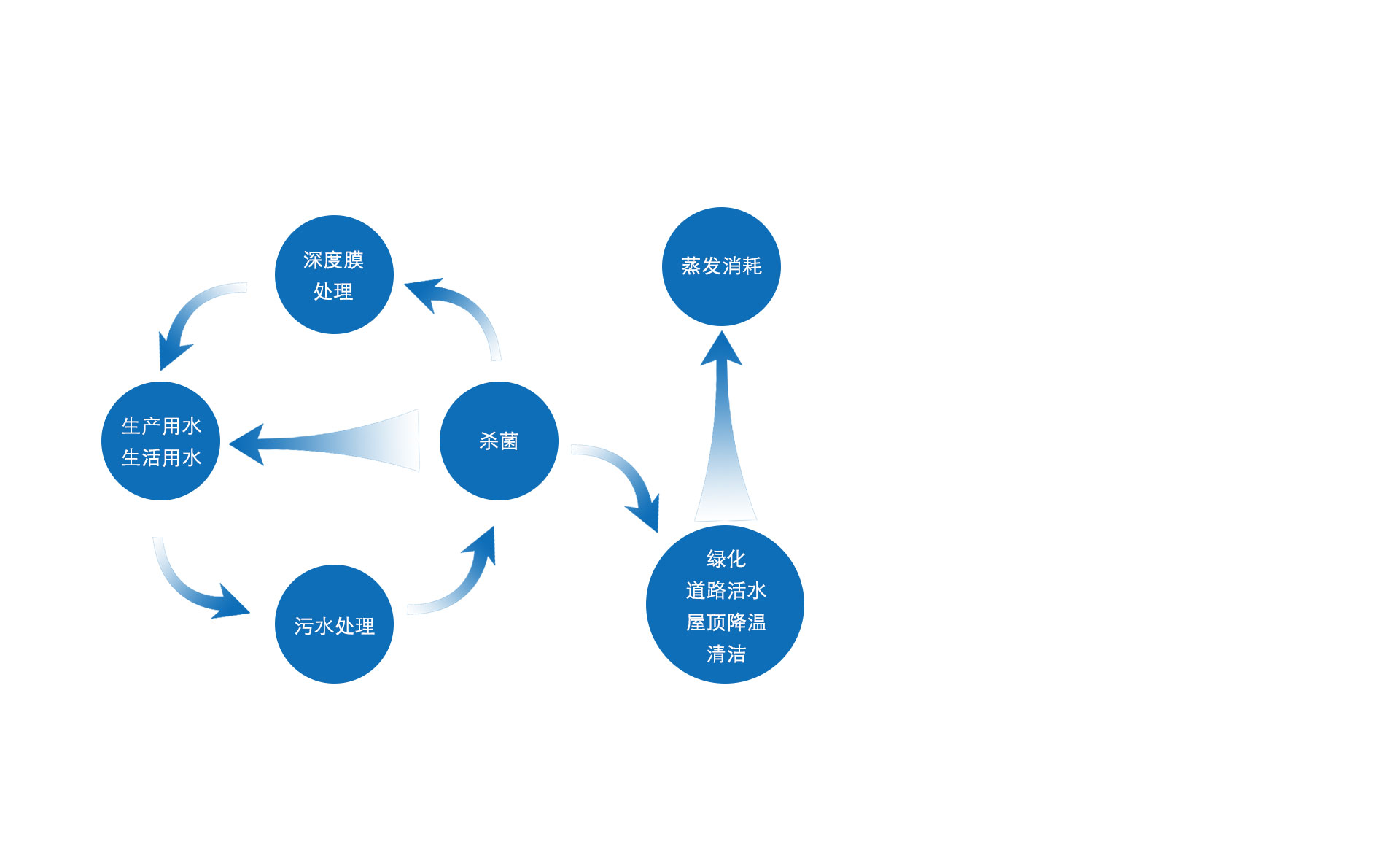

Mine water is used for agricultural irrigation as long as the suspended solids in the mine water are reduced.

Underground production water (underground dust-proof, water sprayed coal seam water injection) generally only needs to reduce the suspended solids in the mine water, and can be directly used for production by flocculation and sedimentation in the underground pool.

When mine water is used as water supply source, it can generally meet the required requirements through coagulation, sedimentation, filtration, disinfection and other processes. For mine water with high salinity, it is not easy to drink due to its high salt content. Although the current relatively mature desalination technology, although the treatment cost is high, it is still feasible to use this method in areas with severe water shortage.
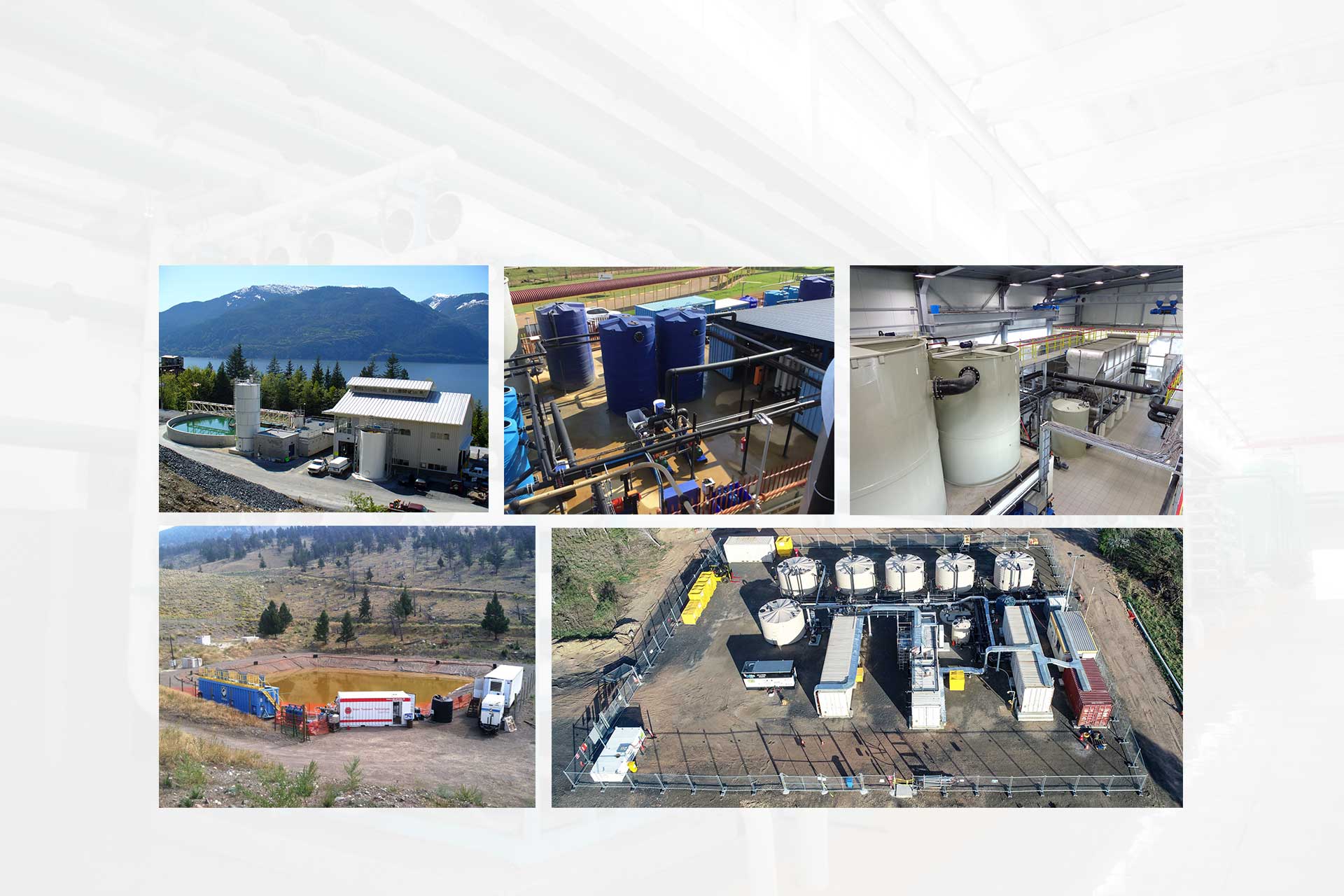
Compact design saves space
On-demand design, reasonable process
Long-term stability of protection equipment
Automatic adjustment, precise saving
Frequency conversion control, reasonable dosage
Efficient program control, intelligent power saving
Strictly implement relevant standards
Full cycle one-stop service
Lifetime maintenance
Highly integrated PLC control
One-key start, remote monitoring
24 hours maintenance-free operation

Professional team, efficient collaboration
获取方案报价